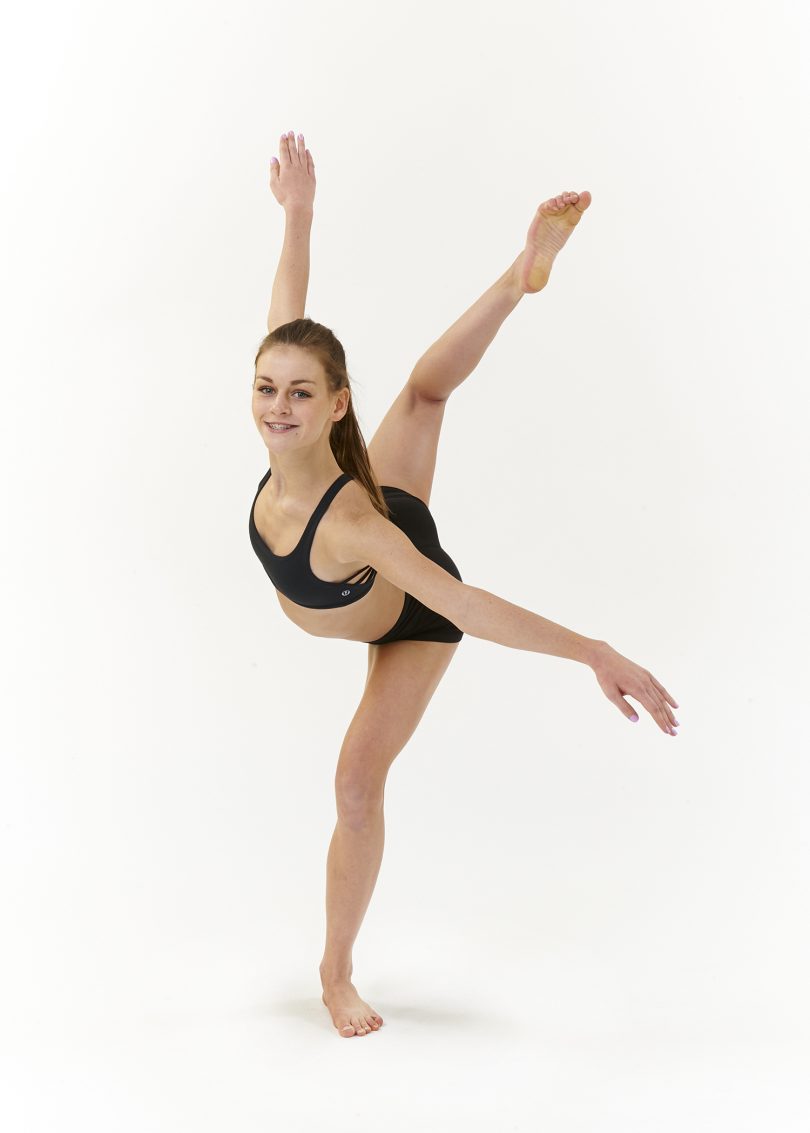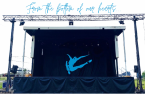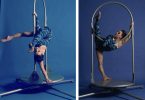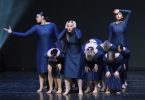We often hear the idiom ‘practice makes perfect.’ It’s repeated to us during school and extra-curricular
activities, and even more often at practice or rehearsal for a sport that we are passionate about. But when we take a moment to pause and think about this phrase, does practicing really make a skill ‘perfect’?
As a dancer and athlete, we spend countless hours working to achieve ‘perfect’, and what we consider perfect
differs from sport to sport and art to art. In dance, ‘perfect’ could be considered an esthetically pleasing piece of choreography, performed with exquisite technique and polish, leaving the piece free from mistakes. Dance shares commonalities with performance-based sports such as cheerleading, precision skating, figure skating and gymnastics. These sports are based on the ability of the performer to execute a routine to a high level of precision and artistry in combination with their fellow teammates. However, unlike team sports such as hockey, lacrosse, soccer and baseball, dance does not engage in the unknown variable of ‘the other team.’
With the arrival of Competition season in the dance world, dancers from our competitive team are continually
striving for perfection in their routines. Many hours of practice go into each piece that is performed. From solos to group numbers, each routine is cleaned to achieve precision amongst the dancers and to achieve an overall effect of cohesiveness.
Sometimes, what parents of these dancers and dancers themselves do not realize is that the ancient idiom
above should actually read ‘perfect practice makes perfect.’ When rehearsing or practicing, as with any skill, if it isn’t practiced correctly then the body remembers the skill incorrectly. And without taking those corrections and adjusting how the body moves or reacts, the dancer is just rehearsing the mistake over and over. This is something we do our best as choreographers and instructors to instill in our dancers.
This theory also applies to any skill learned and executed during other sports practices. Our advice to young
athletes and dancers: take the time to learn the skill or choreography correctly the first few times it is presented to you, ask questions if you are unsure and then practice the skill or phrase correctly both in isolation or as a whole dance or play. From there, the body’s muscle memory takes over and it is much easier to achieve the precision required when it comes time for performance.
Story submitted by Richelle Hirlehey for Dance Extreme







